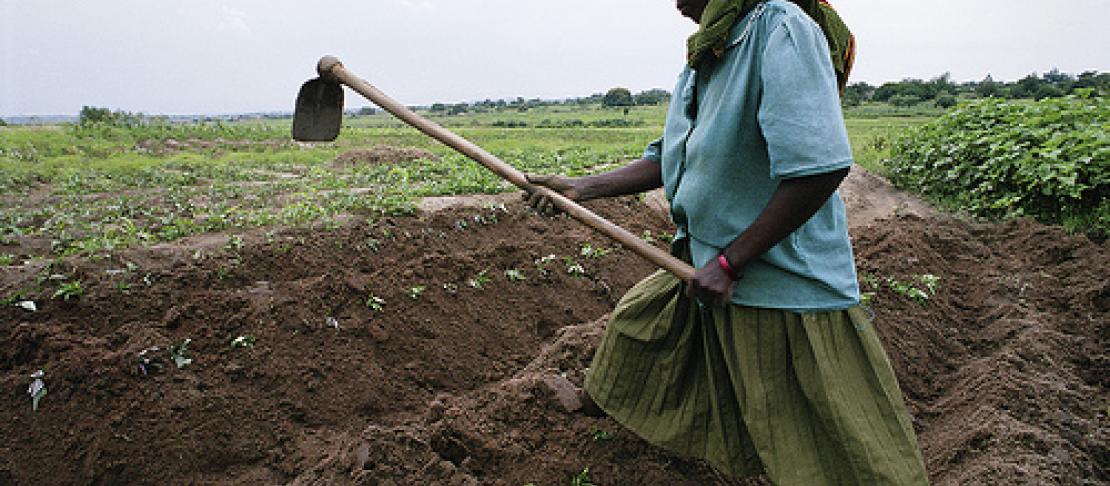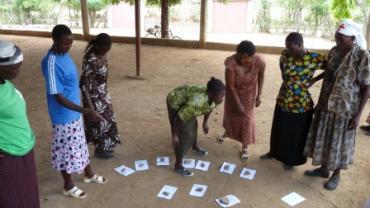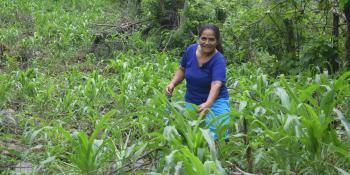Adapting on the ground: Are farmers' needs being met?

When people think of baseline surveys, they most likely think of quantitative, structured interview processes - like the ones carried out for the CCAFS household baseline survey. In that exercise, we randomly selected 140 households in each site to answer questions about their agricultural practices, months of food shortage, sources of weather information and other topics that can serve as a basis for comparison when we revisit them in 5-10 years.
Household village survey example: Bit by bit, East African smallholder farmers adapting to climate change
But we are attempting to influence more than just individual households. We also hope to see changes in community action and local institutions as a result of our work and the work of others.
To be able to measure changes at these levels, we also conducted village level studies and organizational level surveys. The village study was a participatory exercise in one village per site that gathered information on each community’s resources, the organizations active in the area, and the networks used by farmers to gather agricultural and weather information. Results of those studies and the household surveys can be found here.

The third level of the baseline was the organizational survey. Through the use of local interviewers, CCAFS collected information from the major organizations active in the sites on what activities they are engaged in to help farmers improve decision making, increase food security, and enhance natural resource management. We also asked if the organizations are targeting any particular groups, especially vulnerable groups, and if they are implementing any climate change activities.
The information from these questionnaires has been compiled into easily navigable files that summarize each organization’s objectives, areas of activity, allocation of resources to climate-related activities, and more. The files can be found under the heading ‘Baseline Organizational Surveys 2011’.
Our researchers are using the information gathered through these surveys to analyze the services being offered to the communities in which we are working. By comparing the information provided by the participants of the village baseline study with the results of the organizational baseline, we can see if there are gaps between what the community needs and what the agencies are implementing. This information can help our theme and regional leaders develop activities to meet perceived needs.
Many organizations reported that they are undertaking climate change adaptation and/or mitigation activities, and most of those activities have been started in the past 5-10 years or even more recently. Some interviewees reported having linkages with other organizations doing similar work, although a lack of synchronization could be hindering progress in some areas.
Mr. Mashihur Rahman, a CCAFS consultant who conducted the Bangladesh survey, remarked that “the organizations report that there is no coordination among the donor and aid agencies at the local level. In fact, poor linkages were noticed among the organizations. The community could benefit from the collective initiative of service providers to avoid working in the same issues.”
CCAFS plans to revisit all three levels of the baselines in a few years’ time to assess any changes that have occurred in the areas.
Read more: Bangladesh study reveals strong relationship between education and climate adaptation.
Laura Cramer works with CCAFS East Africa program, based in Nairobi, Kenya. To learn more about our East Africa activities, follow @Cgiarclimate_ea on Twitter.



